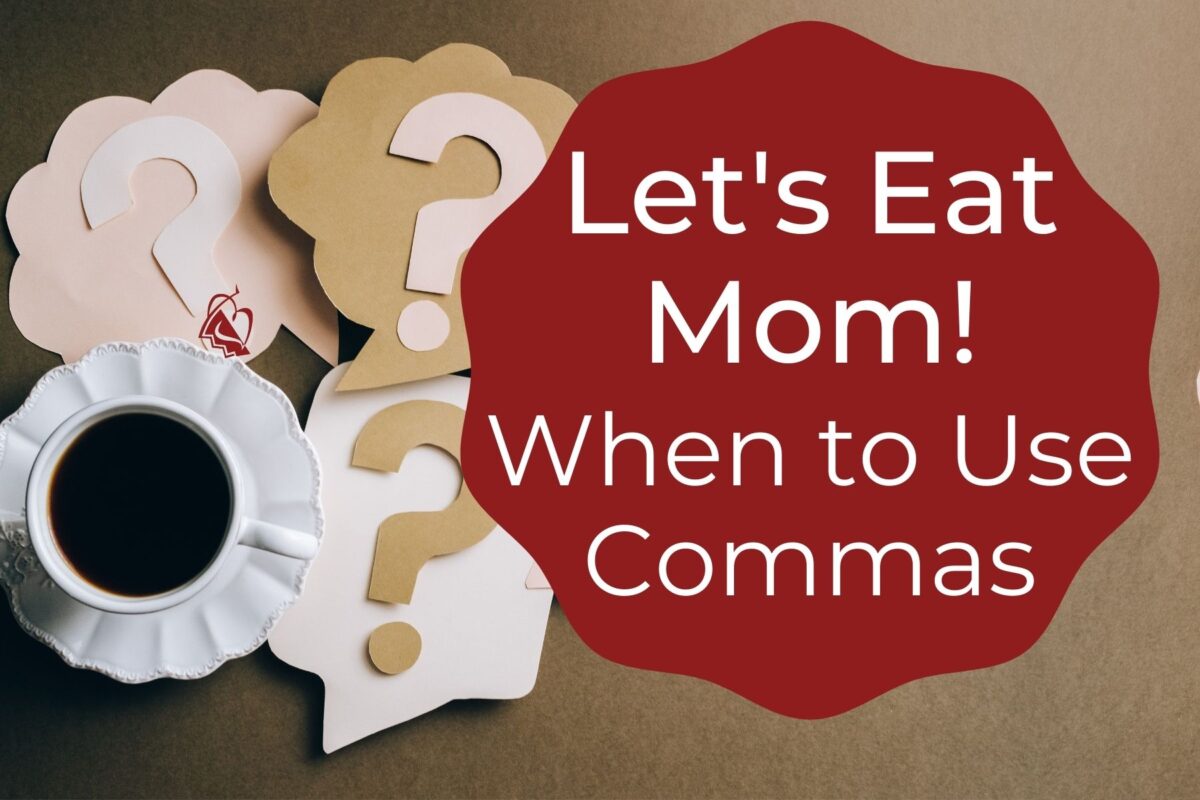I don’t think there has been a single week in my decades-long career in which I was not asked a question or drawn into a heated discussion about the use of a comma. I don’t mean to imply that I have mastered all there is to know about commas. My comment reflects my experience that this seemingly insignificant punctuation mark causes more confusion in the lives of writers, editors, and all who work in publications or with web content than all other punctuation marks combined. In this blog, I review some basic rules for the use of the comma. In future blogs, I will explore some of the more challenging situations in which we encounter this pesky punctuation mark.
Note that this and other blogs on this topic use basic terms of grammar (for example, dependent and independent clauses, conjunctions, appositives, restrictive, nonrestrictive, compound predicate). If you are not familiar with these terms, I suggest you explore their meanings and functions in a basic grammar text or using online sources. My favorite sources include The Random House Handbook by Frederick Crews, The Gregg Reference Manual by William Sabin, and the Purdue Online Writing Lab.
Use a comma
Instances of correct comma use are described in the list below, followed by an example.
- Between two independent clauses joined by coordinating or correlative conjunctions (and, but, or, nor, either)
I used to live alone, but now I have a roommate.
- After a fairly long dependent clause that precedes an independent clause
When Jeff graduates from school and moves out, I will look for another roommate.
- To set off nonrestrictive appositives, phrases, and clauses
My first roommate, my sister’s friend, was very sloppy.
- To set off a transitional expression
I do not believe, however, that I will move again.
- To separate two adjectives that modify the same noun if the word and can be used between them without altering the meaning (coordinate adjectives)
I am pleased with my tasteful, well-furnished apartment.
- To separate a command or a request from a name or a title
Let’s eat, Dad!
Do not use a comma
Instances of when not to use a comma are noted in the list below, followed by an example.
- In a compound predicate
I will review the applications and decide which people I will interview.
- Around a restrictive appositive
Anyone who wants to live with me has to be neat and tidy.
- With a restrictive clause
I will be glad when the process is completed.
- Before a restrictive dependent clause that follows a main clause
I will place an ad for a roommate after I return from spring break.
- Between two adjectives if the first modifies the idea of the second and the following noun (cumulative adjectives)
I am embarrassed by my old multicolored sofa.
In future blogs, I will discuss the use of commas with coordinate adjectives, commas and participles, optional commas, the use of commas with quotations and parentheses, as well as other equally arcane rules of using commas correctly.

Thank you, Alice! Your instruction about grammar and punctuation has been so helpful over the years. Please keep teaching.
Thanks, Alice, for this excellent beginning list of when and when not to use a comma. I especially loved the title: “Let’s Eat Mom.” A good warning to all those who believe that commas are superfluous!
Great job on a confusing topic, Alice!
I just watched comedian Nate Bargatze on Netflix talk about how he just kind of feels out where commas go if he can’t avoid them. Pretty funny.
Thanks for those examples and additional sources, Alice. When I get stuck on the cumulative adjective, I remind myself to take off my old reading glasses and put on my new red dress. 😉
Looking forward to your next installment!
You have a talent for presenting the facts in a clear way! Thanks for the guidance!
What a great summary, Alice. Thank you! This will keep me on target and be useful for my clients too.